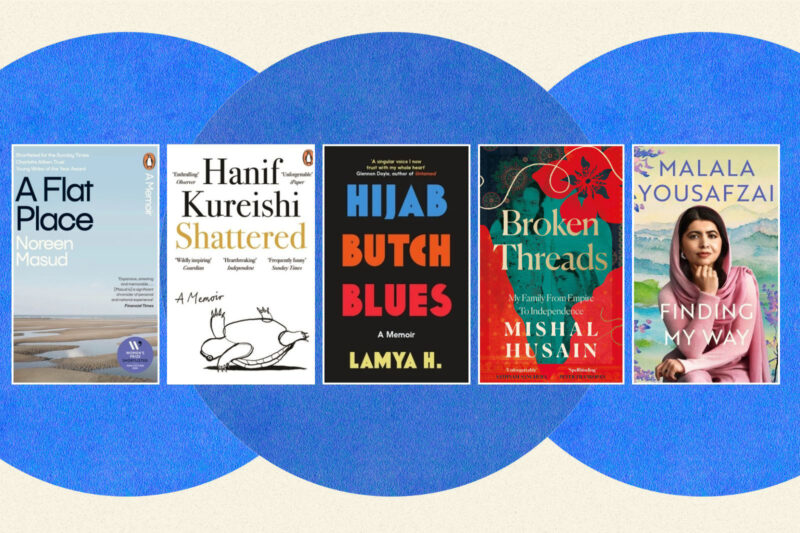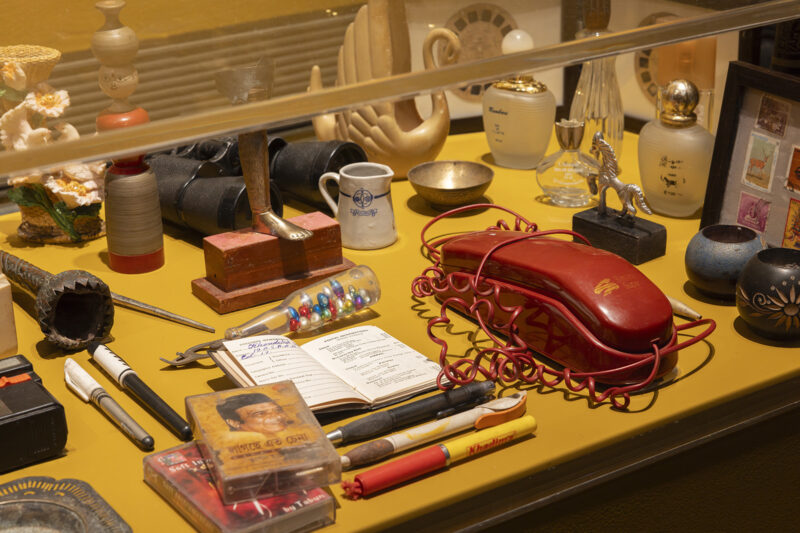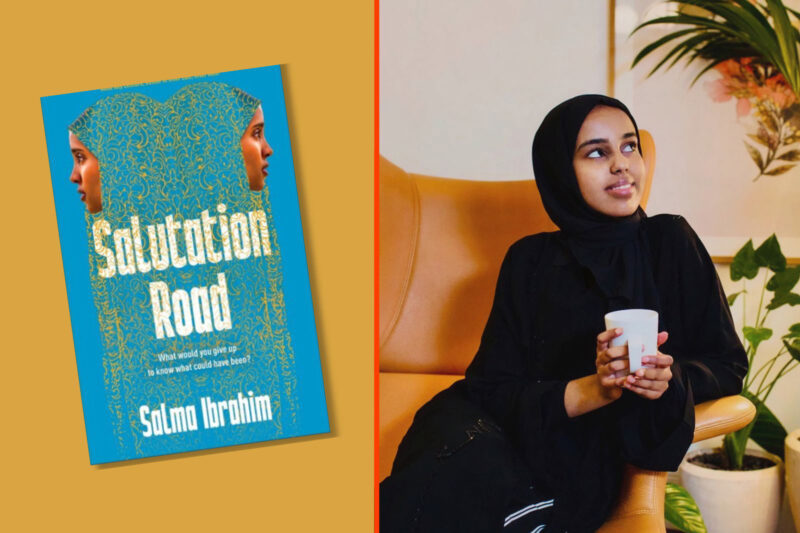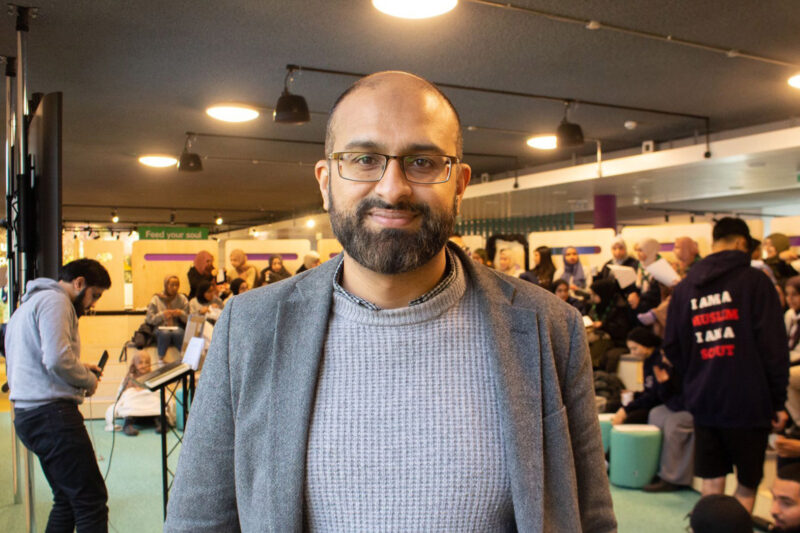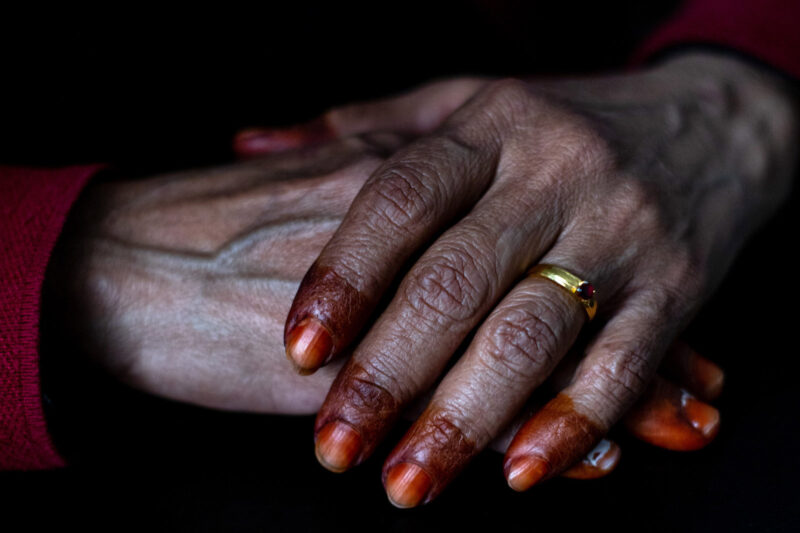
Murad Khan Mumtaz: ‘There’s a huge European bias in art scholarship’
Murad Khan Mumtaz. Photograph courtesy of Williams College
The artist and historian on his latest book, the misunderstood meanings of Mughal painting and unlocking a deeper understanding of Islam
Murad Khan Mumtaz is an artist, art historian and author based in Williamstown, Massachusetts. His first book, Faces of God: Images of Devotion in Indo-Muslim Painting 1500-1800, was published in 2023.
Born in Lahore, Mumtaz attended the city’s National College of Arts, where he studied traditional miniature painting, before completing a master of fine arts degree at Columbia University in New York in 2008.
Faces of God explores how Islamic art originating from South Asia, with a particular focus on the Mughal era, has been misrepresented over time by western scholars.
Mumtaz is also an associate professor of art at Williams College. His art, which uses traditional Hindustani painting and drawing techniques, has been exhibited in galleries in the US, Europe and India. Since November 2024, his work has featured in the exhibition MANZAR: Art and Architecture from Pakistan 1940s to Today at the National Museum of Qatar.
This interview has been edited for length and clarity.
How does your work as an art historian inform your own art?
They’re completely entangled. My art practice started from a love of history and trying to understand my roots and the cultural values we think of when we think about Islam in South Asia. This led me to explore the relationship between tradition and modernity, and pre-colonial norms in South Asia versus the post-colonial reality that exists today. They’re very much linked, even though their expressions are different.
What was your most significant discovery while researching and writing Faces of God?
It made me realise very clearly that there’s history up until the colonial period, then there’s history after the colonial period. Like a tree ripped out of the earth, we’ve been divorced from our own roots.
Today, we live in a materialist, secularist society. We’ve been told that the absolute is the material world. The period from circa 1200 to 1850 in South Asia saw 600 to 700 years of Persianate and Islamic culture. When you dive into the culture of that time, people had a much deeper understanding of who they were as human beings. They believed the highest level of existence was the reality of God himself and that the duniya was this impermanent material realm, secondary to the afterlife. Of course, the art and poetry reflected that.
Unlocking that gave me a deeper understanding of Islam. Islam is not just about the five pillars — it’s a way of being, existing, breathing and living. It can’t just be “All right, I’m going to be Muslim for those two minutes while I’m praying salat, then I’ll go back to my world.”
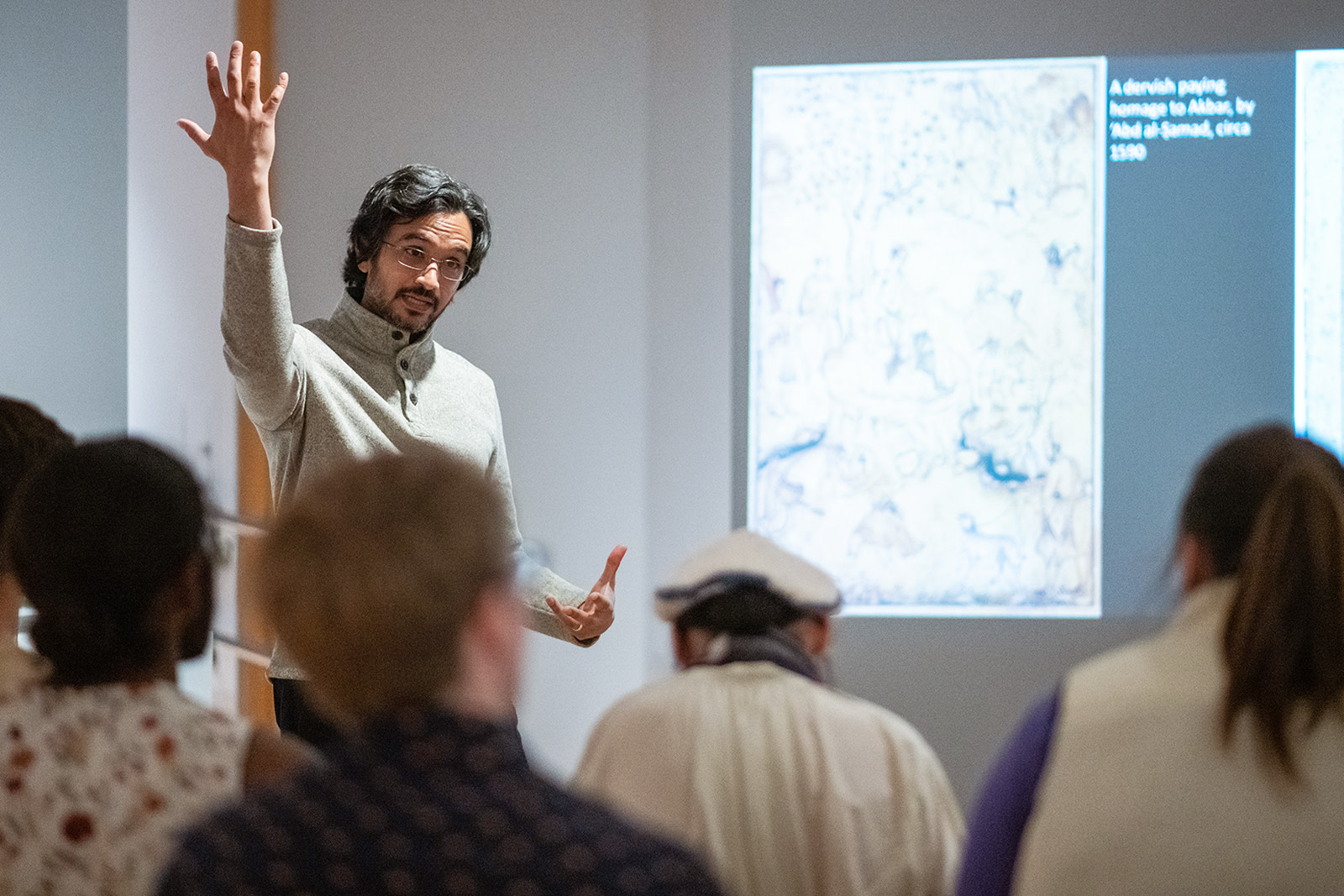
What works have shaped you most as an artist?
Many historical artworks have influenced me. One example is a painting I absolutely love, but it’s incorrectly titled Squirrels in a Plane Tree. It’s currently at the British Library and featured at the Victoria & Albert Museum. I write about it in my book, presenting a different understanding of it.
The painting, likely by Abu’l Hasan, the Mughal emperor Jahangir’s chief court artist, dates back to around 1608-1610. It’s not just about squirrels. It’s an allegorical depiction of a dervish or ascetic climbing the tree of life. Once I understood its cultural symbols, the deeper spiritual meaning became clear. Technically, thematically and compositionally, it’s a masterpiece.
How do you think it has been misunderstood over the years?
Scholars in London have often misinterpreted this painting as a European allegory from the Renaissance period, which is completely wrong. Once you understand the culture and significance of that particular tree in the Indo-Muslim tradition, then you see the climber isn’t a hunter and he’s not European.
A clear giveaway that the man is a dervish is that he has these minuscule burn marks on his arm, which are a sign of his initiation into a particular Sufi order of the Qalandars. The tree is associated with spirituality in Persianate painting, symbolising otherworldly aspirations. In the book I also make comparisons with earlier paintings from the same tradition to show how the artist is taking inspiration from those ideas, rather than some European theme.
As far as scholarship goes, there’s been a huge bias that if something is not made in a European style, or if it’s not referencing Europe, it’s not as important. I try to offer a correction to that and shift the focus back to the painting’s actual context.
The British Library’s description of the painting is that the man is a hunter attempting to climb the tree to catch the squirrels.
They have missed the mark completely. But good luck with trying to tell the British Library. I don’t think they have budged from their titles in 150 years.
Why do you think it’s so important for South Asian art to be shown in galleries in the west?
I think it’s great — the more the better. The value of showcasing traditions not represented by the mainstream is that people can learn about different worldviews and histories. It shows that the modern secular worldview is not the only one. Humans have lived very differently throughout history and showing non-western or non-modern perspectives can offer valuable insights.
What are you working on right now?
I have just finished a fascinating project for an exhibition titled Ragamala at Museum Rietberg in Zurich, which has one of the best Indian painting collections in Europe and the largest non-European collection overall.
As Hindustani music was developing as part of courtly culture in pre-colonial Asia around the 1500s, a whole genre of painting developed hand in hand. The paintings depicted the moods of every raag — which is the modal system of South Asian classical music — and became a very popular sub-theme within Indian miniature painting.The exhibition is a collection of historical works, but also showcases the continuity of this tradition into the present. They selected two practising artists: Manish Soni from India, focusing on the monsoon raga, and me, representing the Pakistani evolution of this tradition, focusing on Basant, the springtime raga. I made three artworks over a year.
 Newsletter
Newsletter


